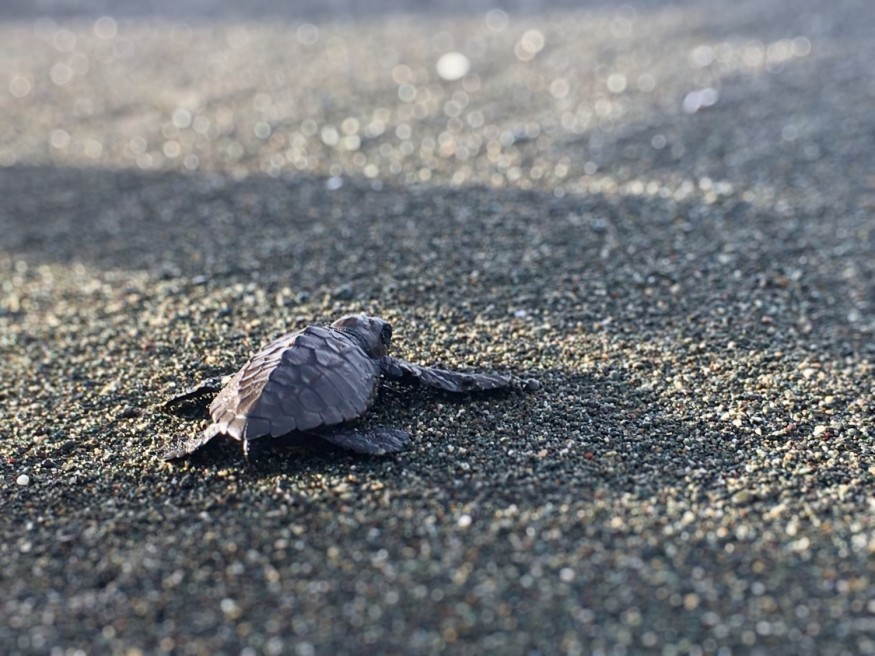Baby sea turtles are known for their majestic appearance as soon as they hatch from their eggs along beaches in different parts of the world.
However, wildlife experts said that only an extreme few make it into the ocean and survive for several years until they reach maturity.
Aside from humans, these baby turtles or hatchlings are threatened by their animal predators, including birds and crabs.
These threats are in addition to the threats posed by climate change-related extreme weather events like heatwaves, droughts, and storms that affect baby sea turtle nests along beaches.
Scientists also point out that, as cold-blooded animals, baby turtles are susceptible to climate change because the early phase of their lives and even hatching are dependent on suitable environmental conditions.
Do All Baby Sea Turtles Survive?

Unlike other animal groups like avians and mammals that care for their young, this is not always the case for some animals in the wild. For instance, female sea turtles leave their eggs as soon as they lay them on a nest, leaving hatchlings to fend for themselves as soon as they hatch from their eggs.
Faced with the threats mentioned earlier, not all baby sea turtles survive or make it to the water upon their emergence.
Sea turtles can live between 40 to 60 years or more but only 1 out of 1,000 baby sea turtles survive to adulthood. This is according to the Florida Fish and Wildlife Conservation Commission (FWC), which stated that the majority of hatchlings die of dehydration if they are unable to reach the ocean fast enough.
This phenomenon is in addition to other animals that prey on young turtles.
What to Do If I Spot a Sea Turtle?
Due to the dangers lurking in the surrounding environments of sea turtle eggs and hatchlings, the FWC advises the public to exercise the following actions to ensure the survival of a sea turtle nests or hatchlings:
- Observe them from a distance and remain quiet.
- Do not disturb their crawl to the water upon hatching.
- Turn off all source lights, including those coming from flashlights, electronic devices, and vehicles.
- Leave them unharmed in their nest.
- Prohibit the use of flash photography and video equipment.
- Avoid putting your own hands at or near adult sea turtles since any distractions may force it to return to the ocean, preventing it from covering and camouflaging their nest.
Baby Sea Turtle Threats
In addition to the mentioned threats earlier, sea turtle conservation authorities enumerate that overharvesting, illegal trade, vessel strikes, plastics, habitat loss, and pollution are some of the factors that endanger the lives of both adult and baby sea turtles.
Each year, thousands of baby sea turtles hatch from their nests along the coast of the Southeast United States where they enter the Atlantic Coast but only a very small fraction of these hatchlings will survive to adulthood, according to the non-profit organization Sea Turtle Conservancy.
Related Article : Tracking Sea Turtles' First Hours with Nano-Tag
© 2025 NatureWorldNews.com All rights reserved. Do not reproduce without permission.





